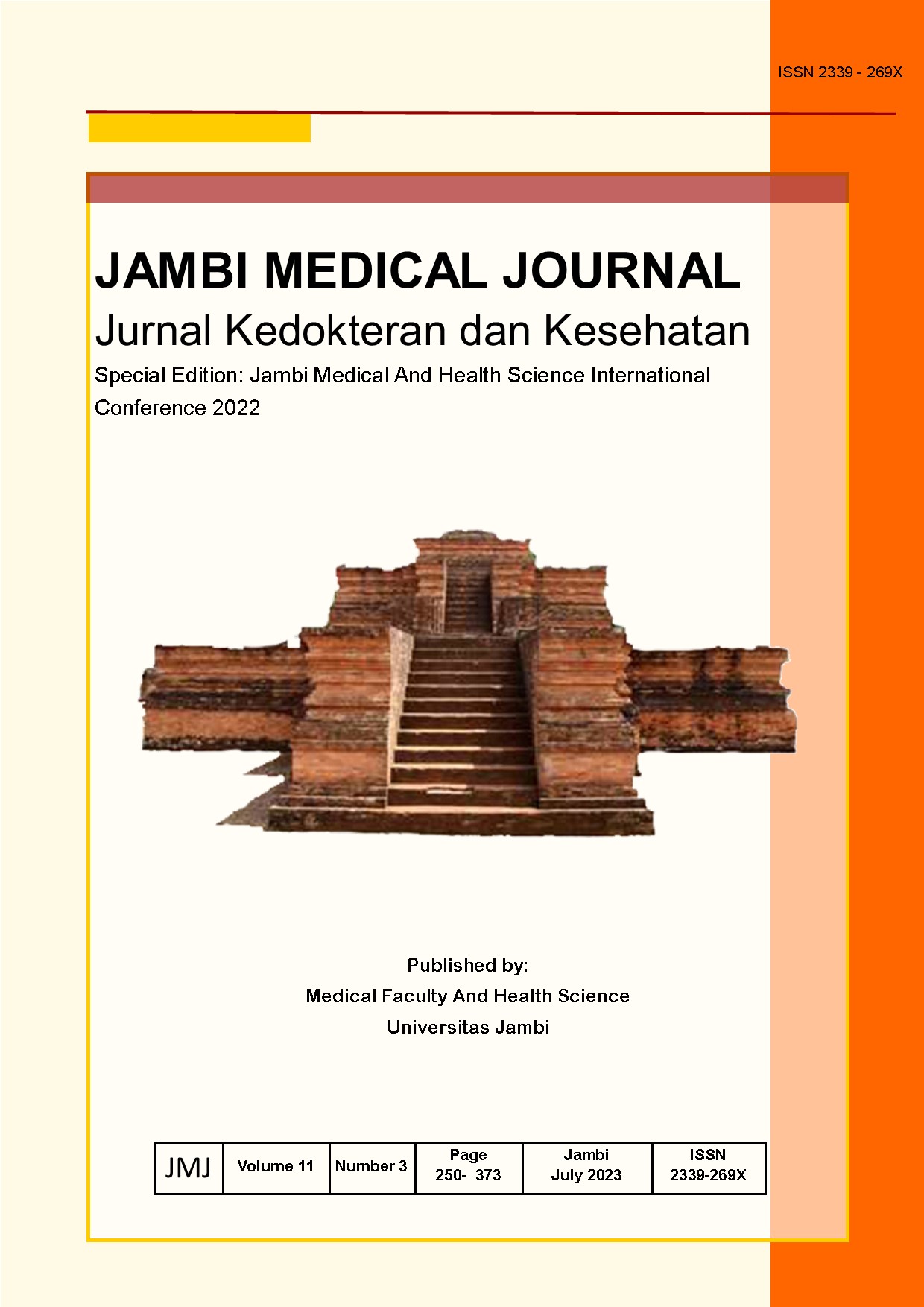A GEOGRAPHICAL INFORMATION SYSTEM FOR TEMPORARY SHELTERS IN SEKERNAN SUBDISTRICT MUARO JAMBI REGENCY
DOI:
https://doi.org/10.22437/jmj.v11i3.25141Abstract
ABSTRACT
Background: The population of Sekernan Subdistrict in 2020 is 45.207 people, with the development of an increasing population, it will affect the increase in the amount of waste scattered in illegal locations, so it is increasingly necessary to improve the availability of Temporary Waste Shelters.
Objective: The purpose of this study was to analyze and to map temporary waste shelters in Sekernan Subdistrict, Muaro Jambi Regency..
Method: Descriptive research with the results of mapping temporary waste shelters based on Global Positioning System and Geographic Information System, data using total sampling in Sekernan Subdistrict. The data analysis used is descriptive analysis and is presented in the form of output in the form of maps and tabulation of data.
Results: The results showed that in Sekernan Subdistrict there are 24 illegal temporary waste shelters, more than half with a waste volume of 0.1-3.5 m3 (54.17%), most of them are located near neighborhood roads (83.33%), and most of them are located at high population density levels (75%). Furthermore, according to SNI 19-2454-2002, the minimum standard is 180 legal temporary waste shelters in Sekernan District.
Conclution: The minimum standard for temporary waste shelters in the Sekernan Subdistrict is 180 points, which can be mapped based on population density figures and qualified land availability.
Keywords: analysis, mapping, temporary waste shelters











